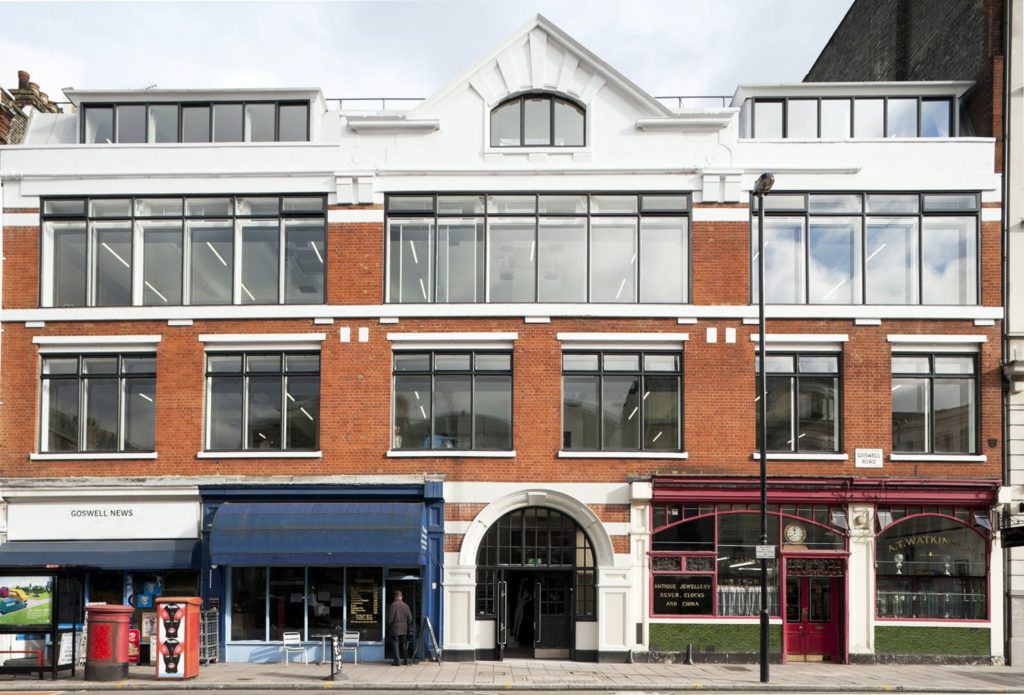Finding the perfect office can be a daunting task. Where do you even start to begin? Sure there are the more obvious considerations like price, square footage and location. Even then, it’s unlikely the average business owner on a quest for office space has a reasonable formula for deciding optimum building square footage. With such complexities is no wonder the process takes on average 4-8 weeks.
What about other factors beyond price, location and square footage? Should they play into your decision? The answer is a firm yes. You’ll need to consider future company growth plans. How flexible the space needs to be. Is the office going to attract and retain talent? There’s a fair amount to take into account. Let’s jump in and with a little luck we’ll upskill you to take on the task.
Price Reigns Supreme
Always start with price. Irrespective of the business you operate in, money matters. Delve into your company finances and decide ahead of time a realistic price range you are willing to pay. Not taking this first step is akin to an archer aiming his bow blind folded.
Time is money and wasting time viewing property beyond your budget is plain incompetence. Nor is it wise to fall in love with a property you later decide is outside your price range. Especially if you pull the trigger, burdening the company with an overly costly asset relative to your business’s finances.
Leased vs serviced also come into play here. Serviced offices may present a more cost effective and immediate solution. Fixed prices are paid monthly to access amenities. The offices are ready to go from the outset. The same applies to shared and co-working spaces. With these options you’ll likely not have access to all amenities like fully serviced offices however, you’ll have the essentials at a fraction of the cost.
Leased offices tend to come unfurnished. So factor this into price estimates when budgeting your office spend if this is your desired route. Leased office contracts run on longer timeframes, often on 1-5 year contracts. Additional legal fees can apply too. However, over the long term leased offices present the cheapest and most cost effective solution. There is also the added bonus of customizing your office to your exact business needs.
Service vs Leased
Companies have different needs depending on their stage of growth and maturity. Shared offices and co-working hubs are often better options for smaller companies and evolving start-ups. They present the most flexible option, offering rolling monthly contracts that are well suited to earlier stage businesses.
Fully serviced offices tend to be for larger, more stable companies. Contracts can be flexible but usually the entire office space is let out. This is better for companies with a sizable number of staff who have stable and reliable funding.
If you are a mature business with long term intent a leased office is best. You get full control over the outfitting of the property as well how it’s managed. This gives companies who take a leased space full autonomy over their office space. It gives you the ability to craft the space into the perfect office for your company. It’s certainly worth doing if you feel this will be your company’s permanent home for the foreseeable future.

Estimate the Square Footage You Need
This is when things can start to get complex. The layout and design of your office will be a direct determinant of the square footage you require. Will employees have designated work cubicles or will the office be open plan?
If it’s cubicles, then you can simply calculate the square footage per cubicle and multiply by the number of employees. If it’s a more open design, such as rows of desks you could still get a rough approximation. The waters get murky however when the layout is unconventional. Perhaps you’re a vibrant tech company who opts for a lounge style environment. This can be far harder to approximate.
You’ll also need to consider common areas and the need for conference rooms too. If you frequently hold meetings these will be added non-negotiables. Statista reported in 2017 the average square footage per employee was 138 square feet. Covid has certainly enhanced the need for space so we’d revise that upwards to 150.
Executives may also require separate offices that sit outside the bullpen. If separate offices are required for senior staff this will add to size requirements too. To be safe we’d suggest adding a 20% margin of safety to the 150 square foot per employee rule to cover your bases.
Accessibility
Accessibility is key. If the office isn’t in a location that is easy to reach, you may quickly lose staff. It’ll make attracting new talent equally challenging. No matter how impressive your company, an inaccessible office with a painstaking commute will quickly drive away employees.
Be mindful and ensure your office is near a tube, train station or bus stop. Bonus points if you can provide parking though we are aware this is a big ask especially in London.
Accessibility however means more than just convenient location. The hours you need access to the building equally matters. Some businesses may be fine with staff only having entry between 9-5 while others may require their workers to have round the clock access. The same applies to whether office access is required on weekends too. The nature of your business will ultimately determine this.
The last aspect of accessibility is proximity to amenities. Workers ideally want to be located near vital services; restaurants, supermarkets, pharmacists, dry cleaners etc. Again this will play into how attractive it is to come into the office which affects both staff retention and attracting the right talent.
